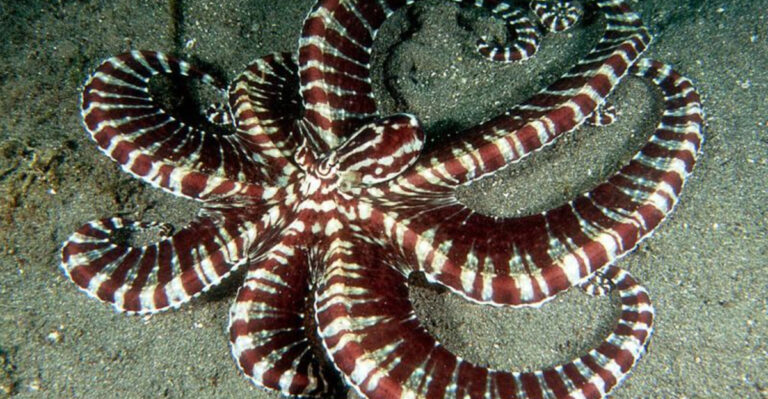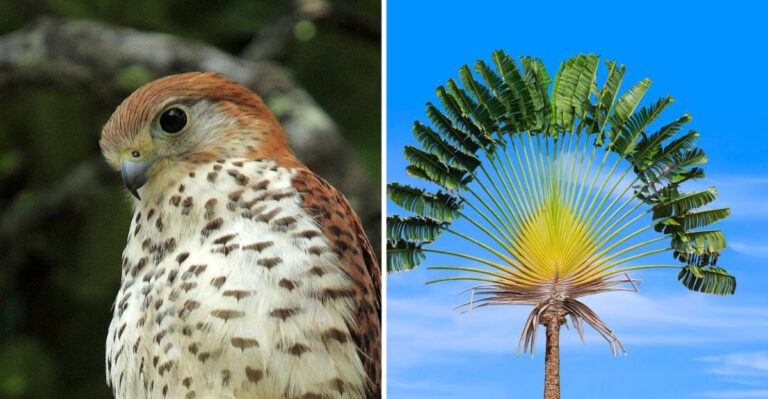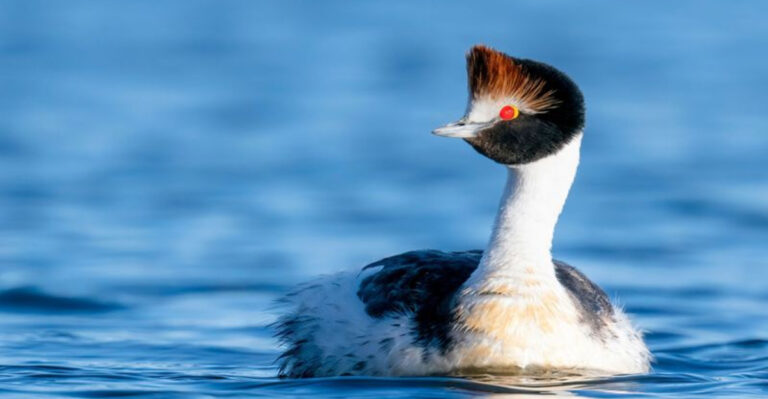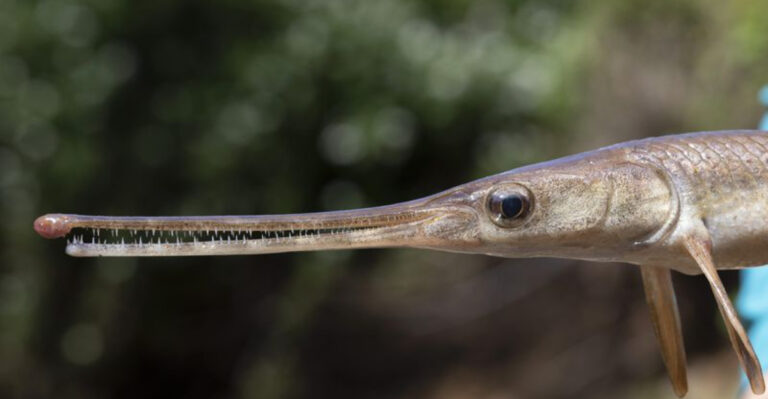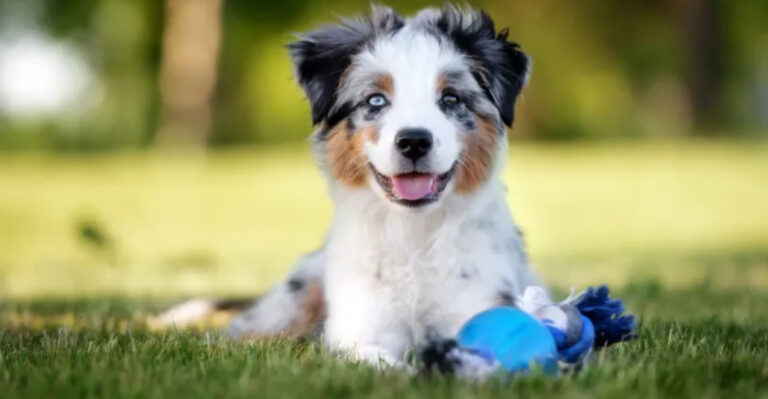Think Twice Before Bringing These 25 Animals Into The U.S.
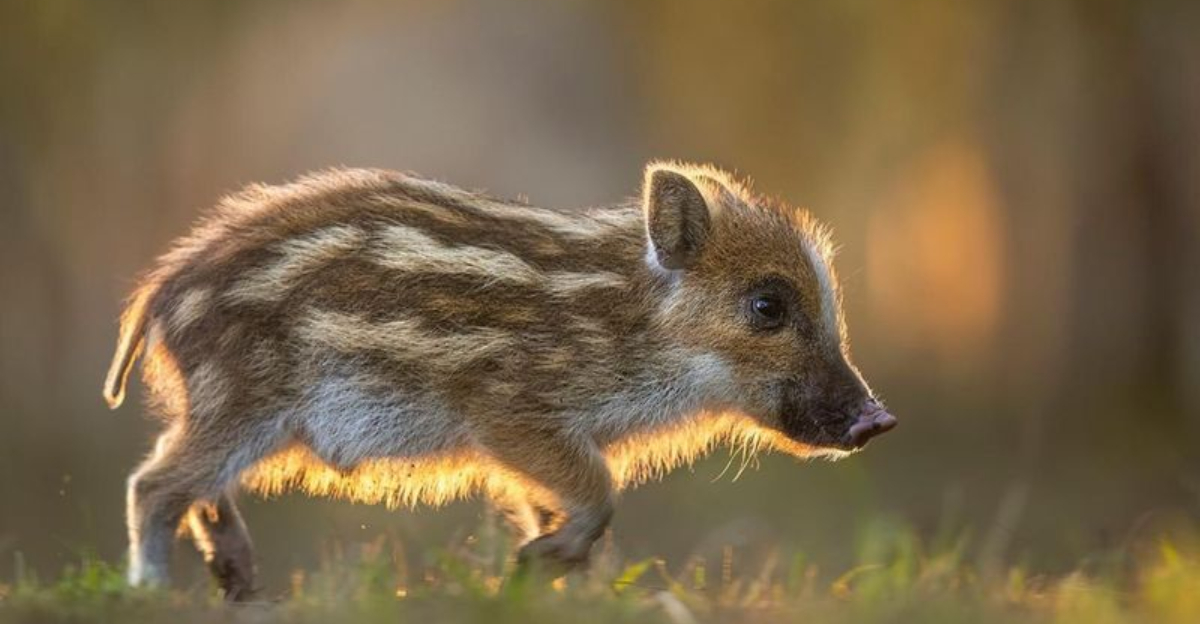
Bringing animals into the U.S. isn’t as simple as packing a crate and booking a flight. There are serious rules in place to protect ecosystems and public health.
Some animals are banned because they carry diseases, others because they could wreak havoc on native species.
It’s all about keeping nature balanced and people safe. Let’s take a look at animals you’re not allowed to import into the U.S. – and why Uncle Sam says “no thanks!”
1. Green Iguana
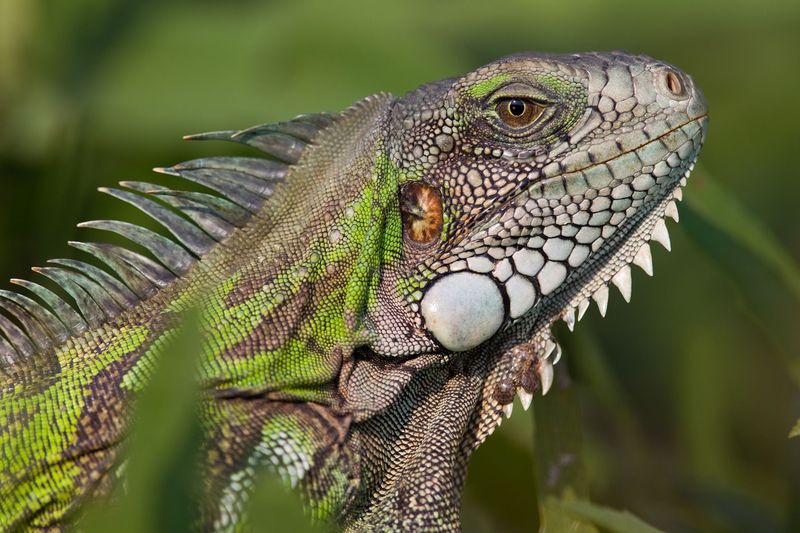
Green Iguanas might be cute pets, but they’re causing big problems when released into the wild. In places like Florida, they’ve become invasive and are damaging both infrastructure and local plants.
These iguanas compete with native species for resources, messing with ecosystems. That’s why importing them is banned in the U.S.
Efforts focus on educating the public and encouraging responsible pet ownership.
2. Asian Carp

Asian Carp started off as helpful little algae-eaters on southern fish farms. But once they escaped, things got out of hand—fast.
Now they’re dominating rivers like the Mississippi, pushing out native fish by hogging all the food and space. Not exactly good neighbors.
These jumpy invaders are tough to manage, but officials are trying everything—from electric barriers to intense tracking. It’s all hands on deck.
Because of the chaos they cause, bringing them into the U.S. is a big no-no.
3. Quokka
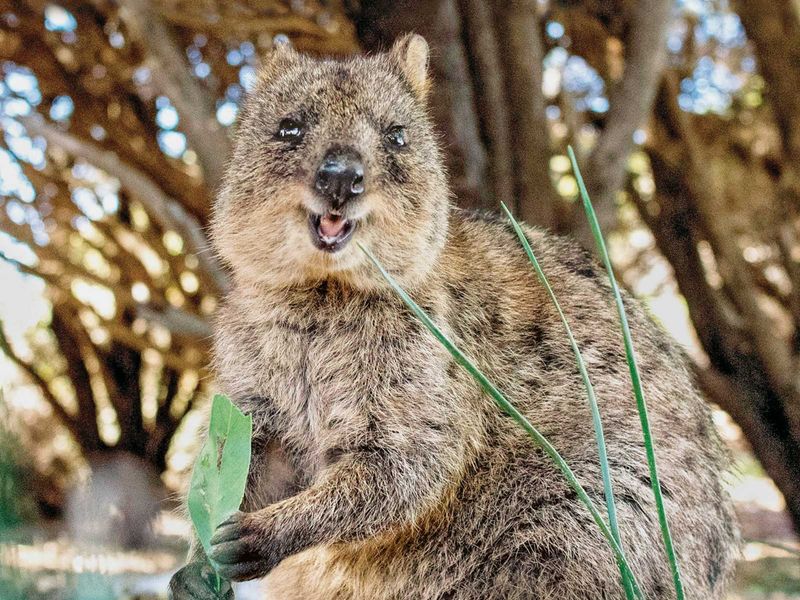
With their perpetual smile and friendly faces, quokkas are undeniably charming.
Native to Australia, these small marsupials thrive in their natural habitat but could face numerous challenges if introduced elsewhere, such as in the U.S.
Quokkas rely on specific environmental conditions found in their native regions. Transitioning them to a drastically different environment could harm not only the quokkas but also local ecosystems.
They require careful handling and environment-specific food sources, making them an unsuitable choice for import.
4. Chinese Giant Salamander
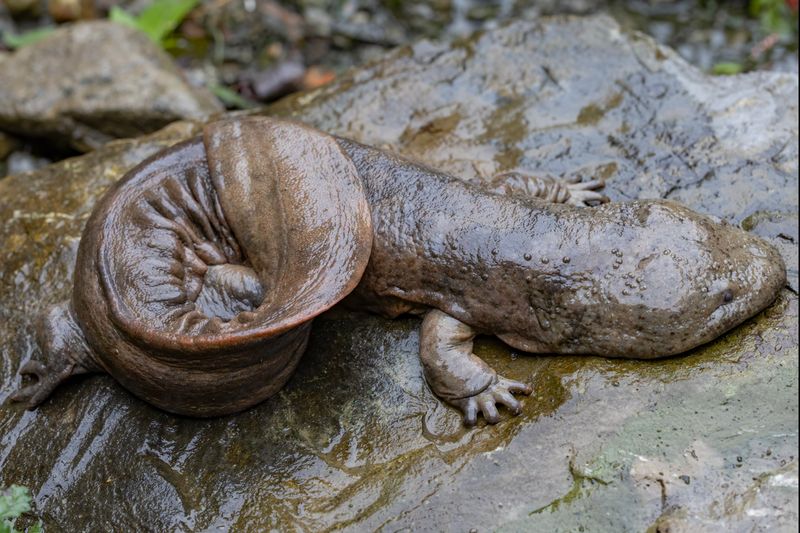
The Chinese Giant Salamander is a massive, ancient amphibian that’s sadly in big trouble. Pollution, habitat loss, and poaching have pushed it to the brink.
To help protect it—and U.S. wildlife—bringing it into the country is off-limits. It could carry diseases dangerous to native amphibians.
China is working hard to save this species, but it takes a global team effort. The U.S. plays its part with strict import rules.
These gentle giants need all the help they can get, and every border closed to trafficking is a win.
5. Indian Mongoose
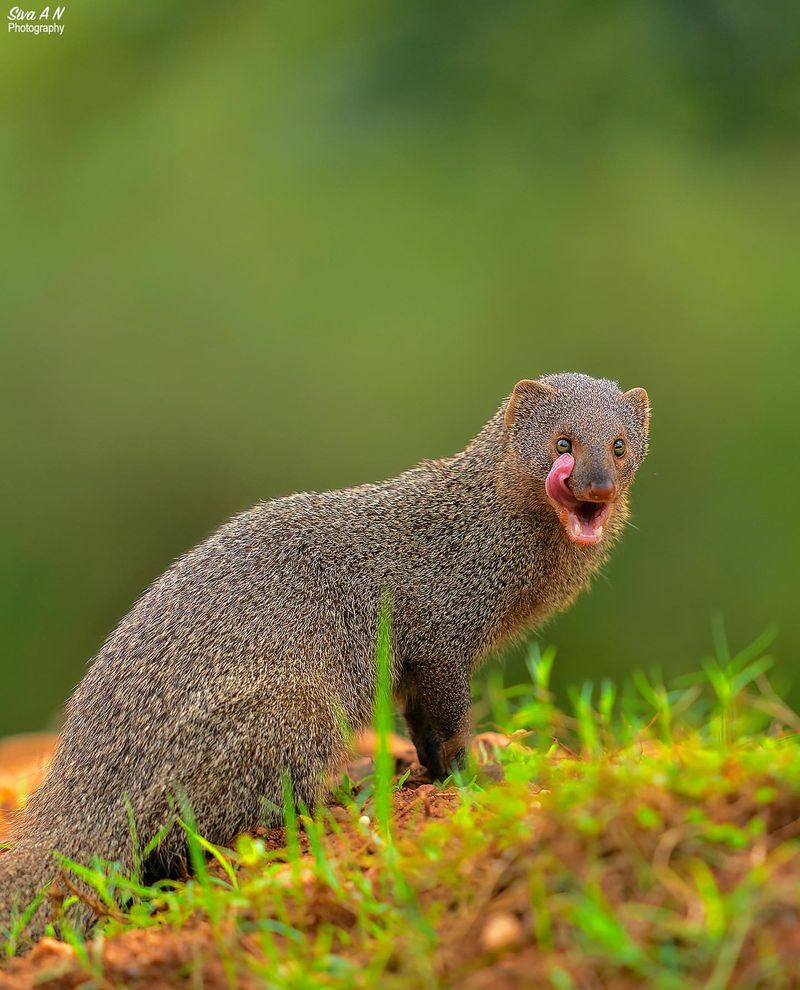
The Indian Mongoose is fast, fierce, and originally brought in to hunt rats. But instead of helping, it turned into a major problem—especially in places like Hawaii.
It didn’t just go after rats; it started wiping out native birds and other wildlife. That’s a big no-go for fragile ecosystems.
To stop history from repeating itself, importing mongooses into the U.S. is strictly banned. It’s all about protecting what’s already here.
6. Lionfish
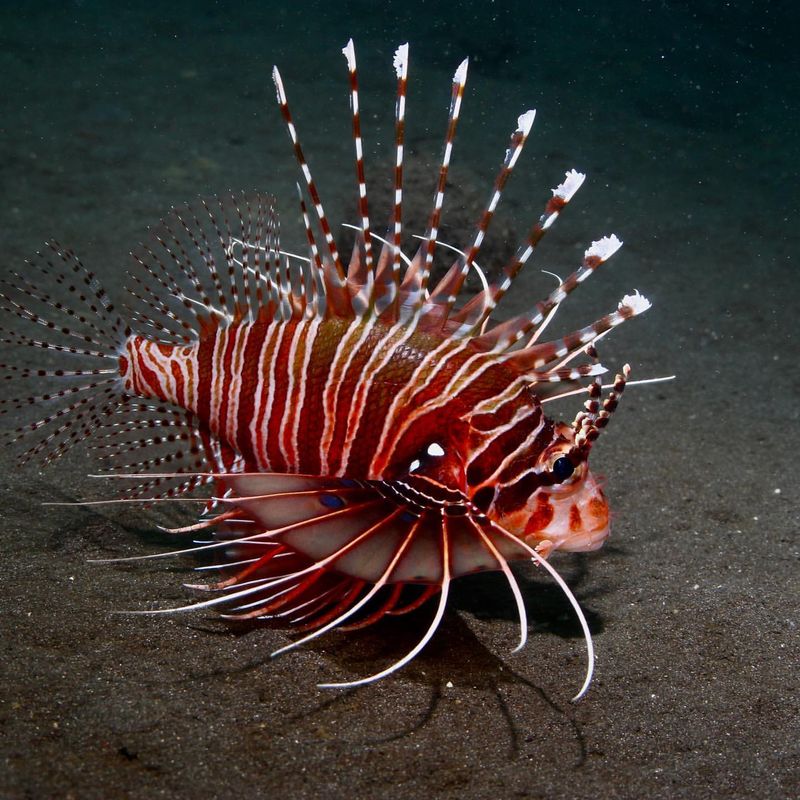
Lionfish may look like underwater royalty, but they’re bad news for U.S. reefs. With venomous spines and a huge appetite, they’re taking over fast.
Originally from the Indo-Pacific, they showed up in Atlantic waters thanks to the aquarium trade. Now they’re outcompeting native fish and wrecking reef balance.
Because of this, the U.S. has tightened import rules and pushes for removal programs. Divers are even encouraged to hunt them!
They’re beautiful but deadly—and a perfect example of how one release can ripple through an entire ecosystem.
7. Fennec Fox
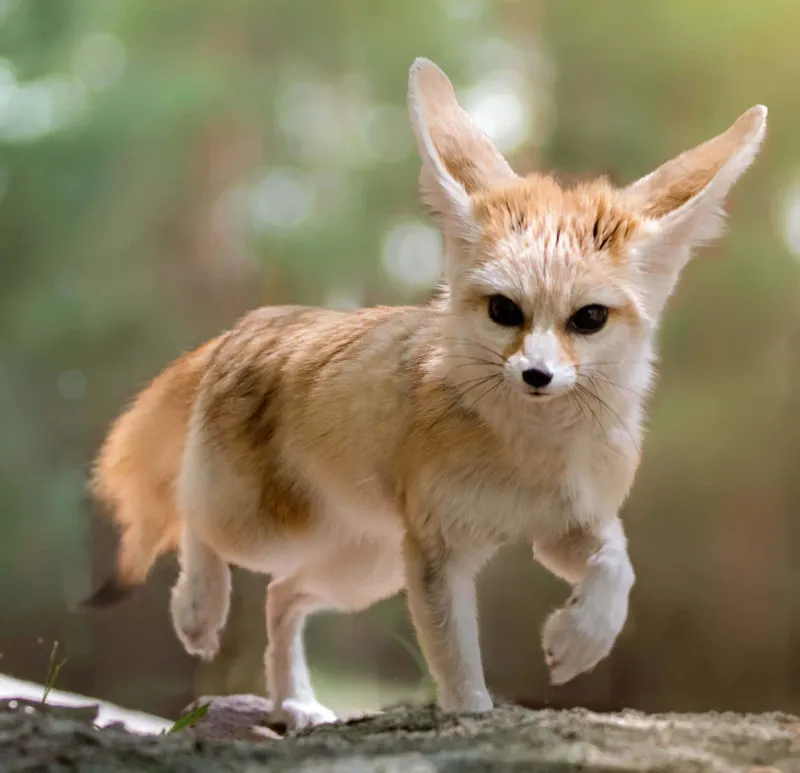
With ears as large as its personality, the fennec fox is a captivating sight. Native to the Sahara Desert, these small foxes are adapted to extreme heat and arid environments which are difficult to replicate elsewhere.
In the U.S., the fennec fox’s needs for a specific diet and environment can be challenging to meet. Their nocturnal lifestyle and high energy levels may also not mesh well with conventional pet owner lifestyles.
Known for their sensitive hearing and playful nature, fennec foxes are best left in their natural desert habitats where they can live to their fullest potential without human interference.
8. Red-Eared Slider
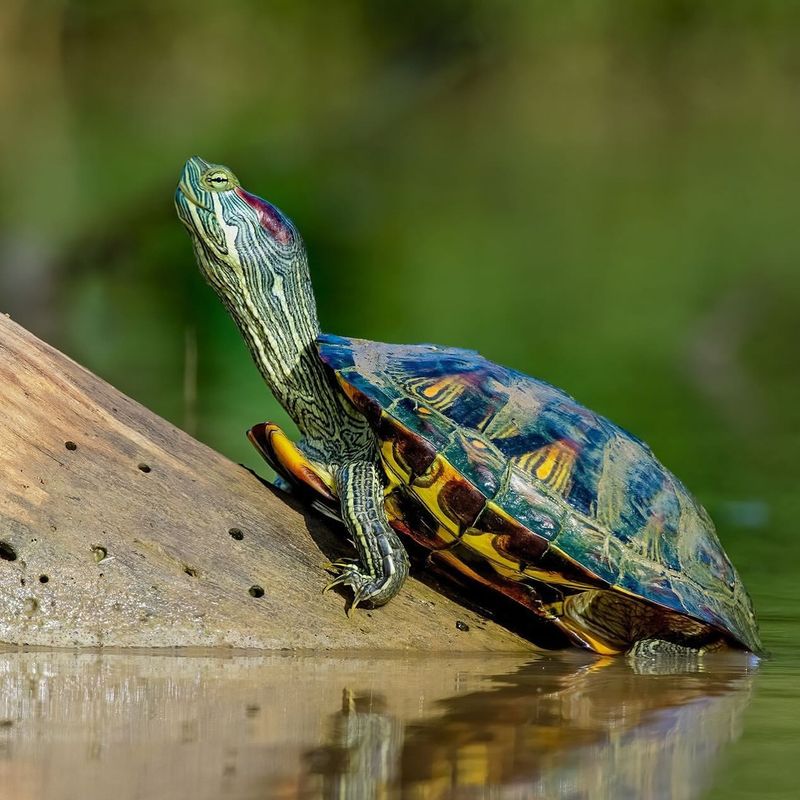
The Red-Eared Slider looks cute in a tank—but it’s a troublemaker in the wild. These turtles have spread far beyond their southern U.S. roots.
They’re tough, aggressive, and push out native species wherever they go. That’s a big problem for local ecosystems.
To stop the spread, the U.S. has put import limits in place. It’s a move to protect native turtles and balance in nature.
Thinking of releasing one into a pond? Don’t. Responsible pet care keeps both the turtles and the wild safe!
9. Burmese Python
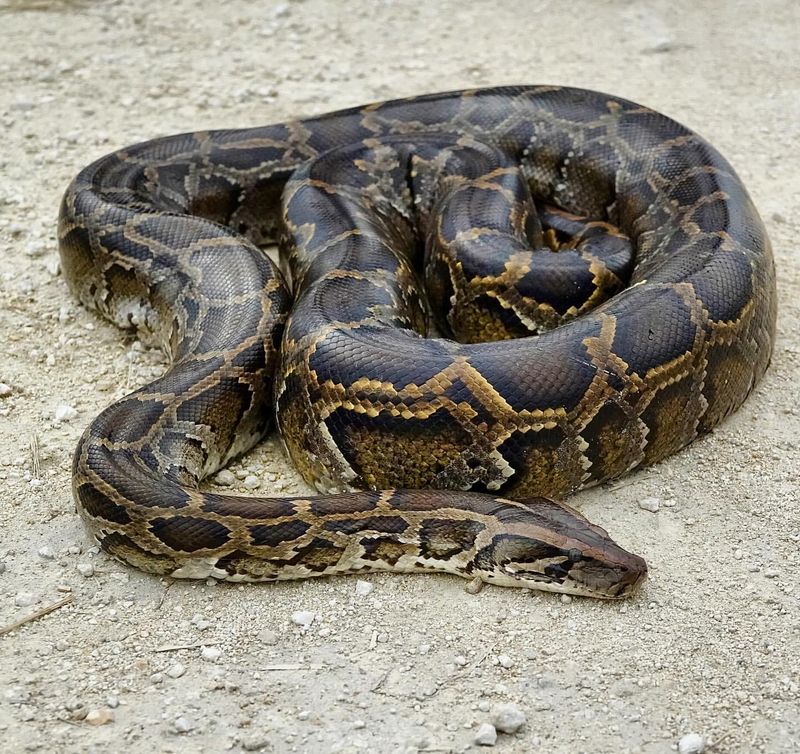
The Burmese Python may have started as a pet, but it turned into a major Everglades invader. Once released, it slithered its way to the top of the food chain.
These massive snakes eat everything—from rabbits to deer—wreaking havoc on native wildlife. That’s why the U.S. slammed the door on further imports.
Now, there are python hunts and public education to help curb the damage. It’s all hands on deck in Florida.
Big, powerful, and out of place, this predator is a lesson in why exotic pets don’t always stay put!
10. Brazilian Wandering Spider
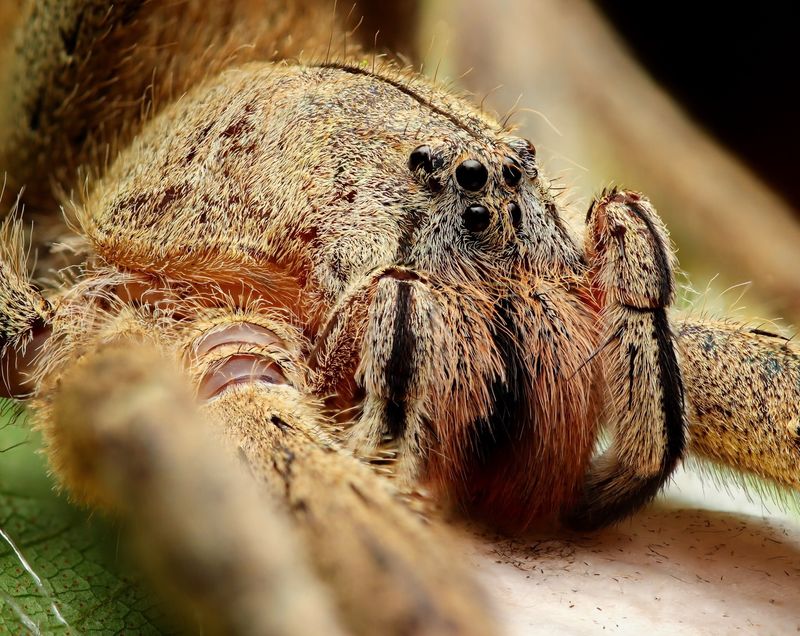
The Brazilian Wandering Spider is one seriously creepy crawler—fast, aggressive, and packing a venomous bite. It’s not something you want popping up in your backyard.
Native to South America, it’s considered one of the most dangerous spiders in the world. That’s why the U.S. says “no thanks” to importing it.
Bringing one in could spell trouble for people and local wildlife alike. One wrong shipment, and you’ve got a major pest problem.
11. European Starling
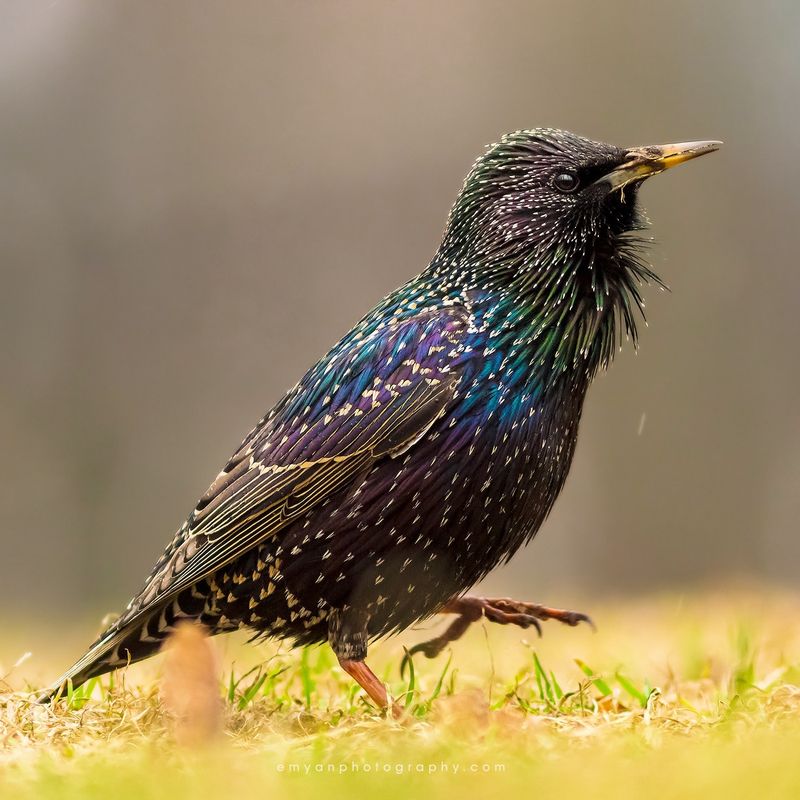
European Starlings were brought to North America with good intentions—but things got out of hand fast. Now, they’re everywhere and causing trouble for native birds.
They’re bold, loud, and pushy, often taking over nesting spots and food sources. Their adaptability makes them tough to manage.
To keep the problem from growing, the U.S. has banned importing more of them. It’s a move to protect our native feathered friends.
12. Monk Parakeet
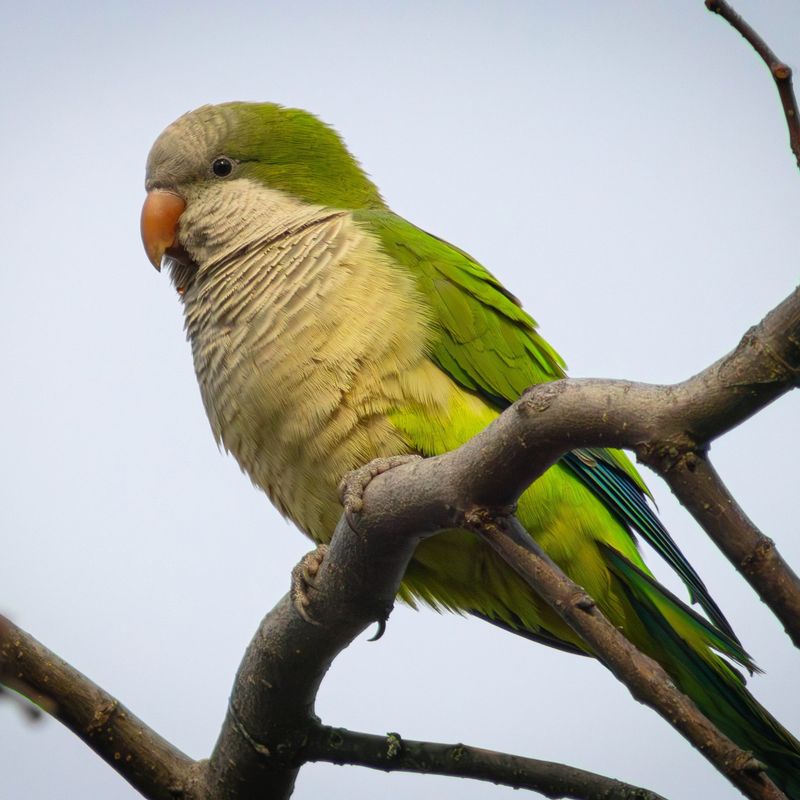
Monk Parakeets are colorful and social, but they’ve caused some serious problems since being introduced to the wild.
Known for building massive nests, they’ve turned utility structures into their homes—leading to power outages.
To keep things running smoothly, the U.S. has banned the import of these birds. It’s all about preventing further damage to infrastructure and ecosystems.
13. Japanese Beetle
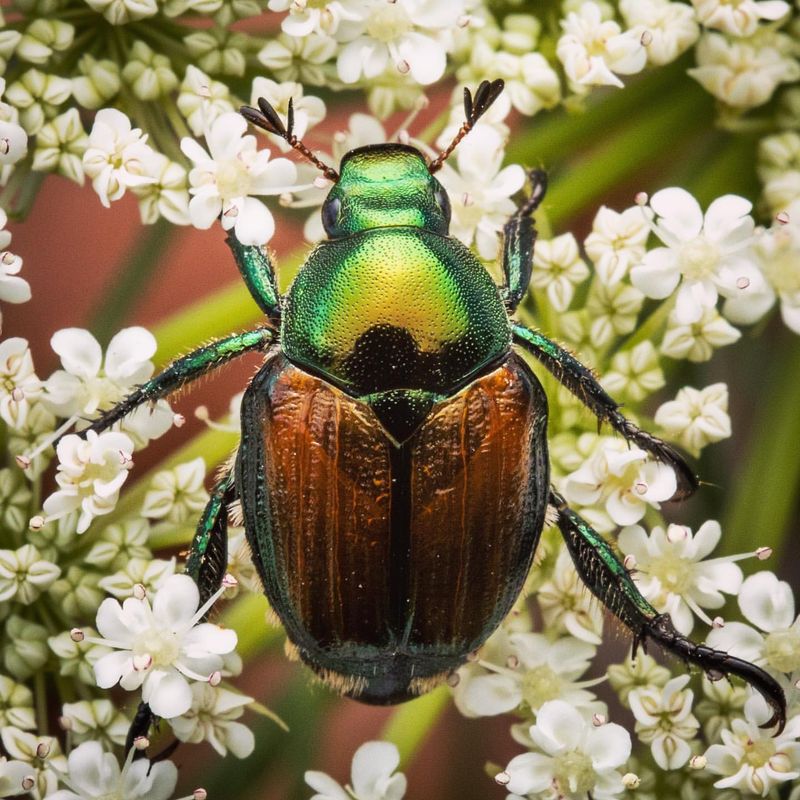
The Japanese Beetle might look harmless, but it’s a major troublemaker for crops and gardens. Originally a stowaway, it’s quickly become an agricultural nightmare.
These beetles munch through a variety of plants, causing massive damage to fields and flowers. That’s why importing them is banned in the U.S.
Efforts to control them include traps, pesticides, and educating the public. It’s all about minimizing harm and protecting our food supply.
14. Wild Boar
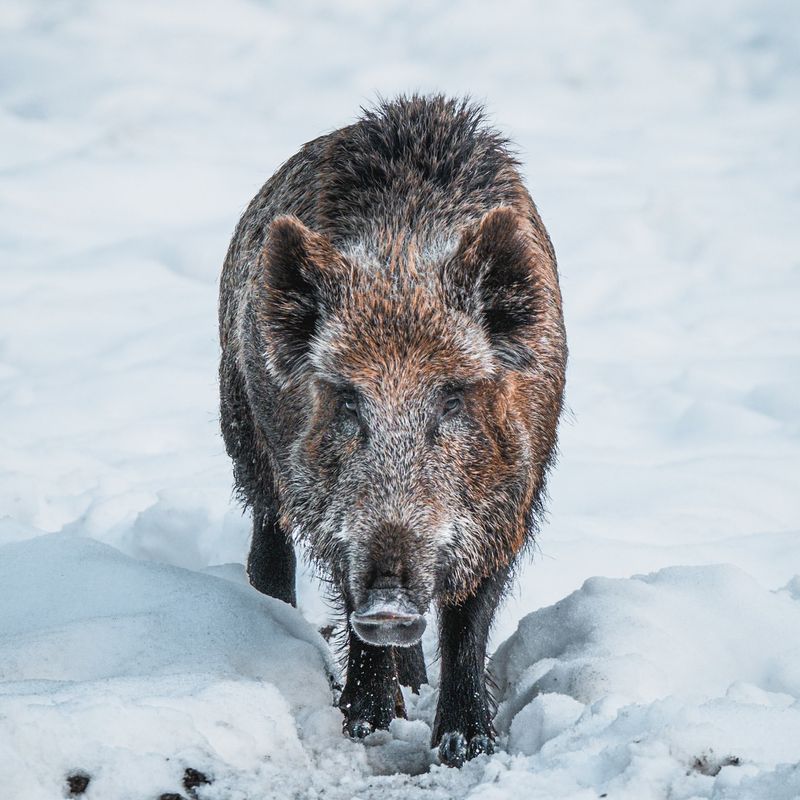
Wild Boars are tough, adaptable, and downright destructive. In the U.S., they’re causing chaos by tearing up crops, landscapes, and ecosystems.
Their spread has tipped the scales in many environments, as they compete with native animals for food and space. That’s why importing them is strictly off-limits.
Efforts to manage their numbers include hunting and smart habitat management. It’s all about keeping nature in balance and protecting the land.
15. Cane Toad
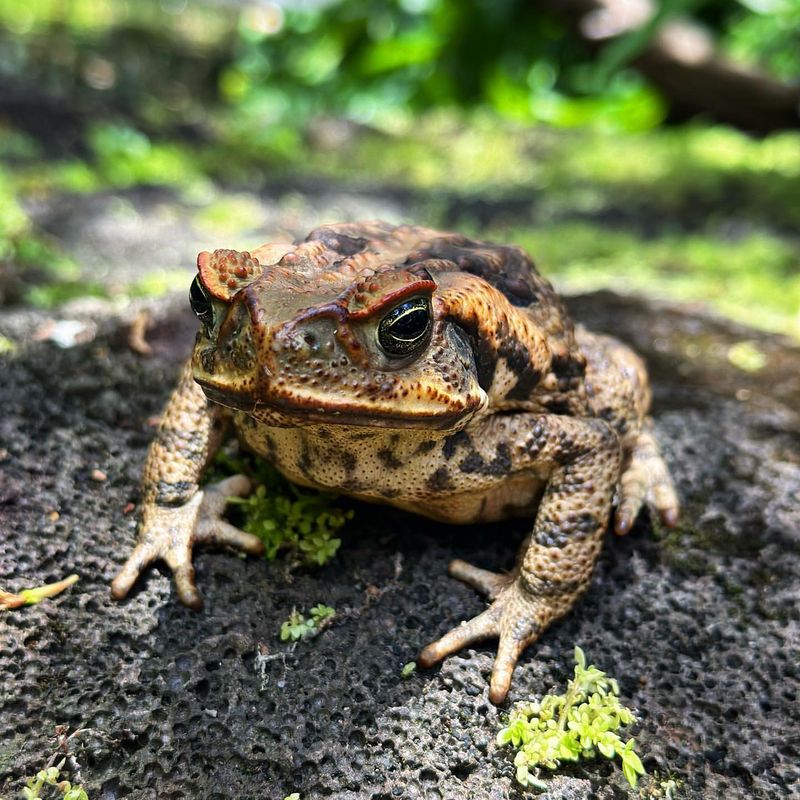
The Cane Toad was brought in to handle pests, but it turned into a nightmare. With toxic skin and a huge appetite, it’s now a big threat to native animals.
In Florida, these toads are causing trouble for pets and wildlife alike. That’s why importing them is strictly prohibited.
Efforts to control their spread focus on keeping them out and managing the population already here. Public awareness is key in preventing further harm.
16. Giant African Snail
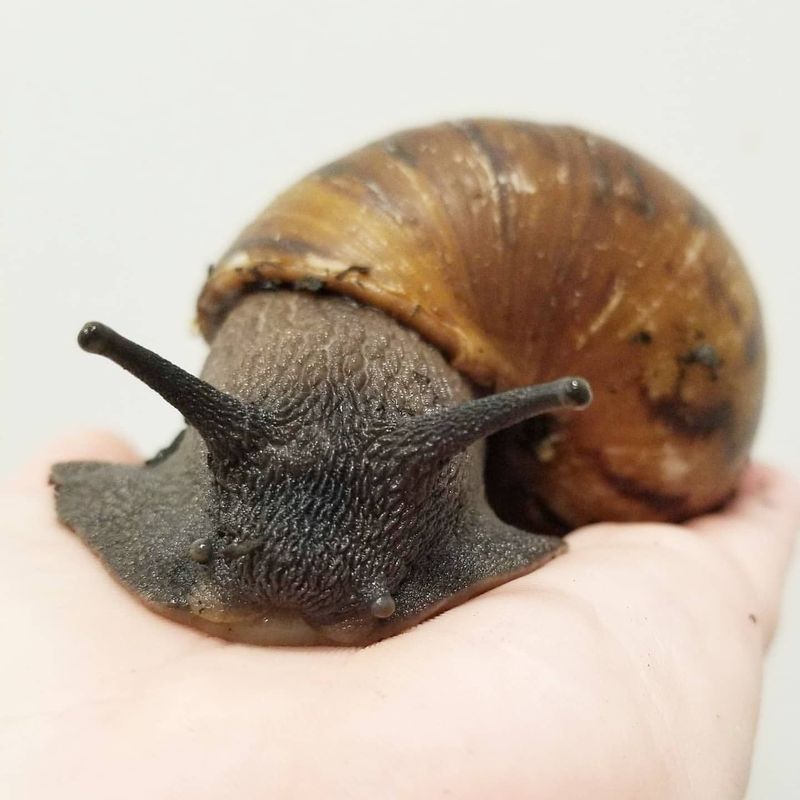
The Giant African Snail isn’t just a garden nuisance—it’s a serious threat. It devours plants, causing major damage to crops and landscapes.
On top of that, these snails can carry parasites that are harmful to humans. That’s why the U.S. has a strict ban on importing them.
17. Small Indian Civet
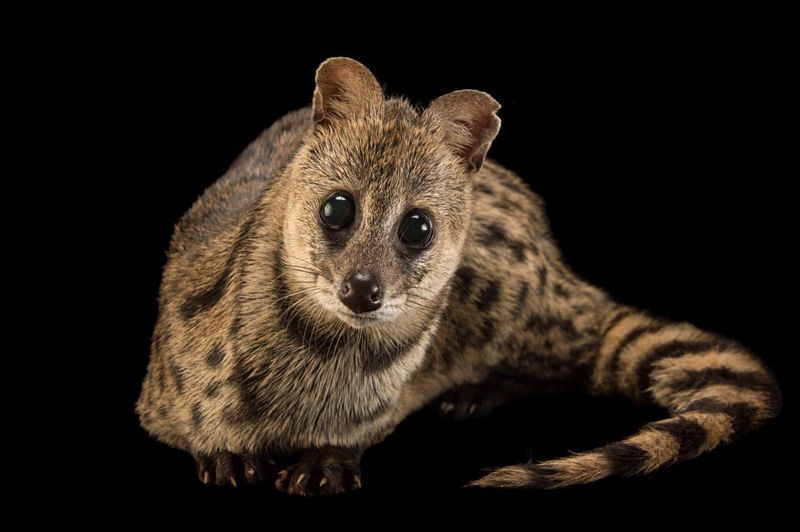
The Small Indian Civet may look intriguing, but it’s trouble for local wildlife when it’s introduced to new environments.
Agile and nocturnal, it hunts and preys on native species, throwing off food chains.
To protect native animals, the U.S. has banned the import of civets. It’s all about preventing disruptions to local ecosystems and maintaining biodiversity.
Public education and strict regulations are in place to manage the risks.
18. Piranha
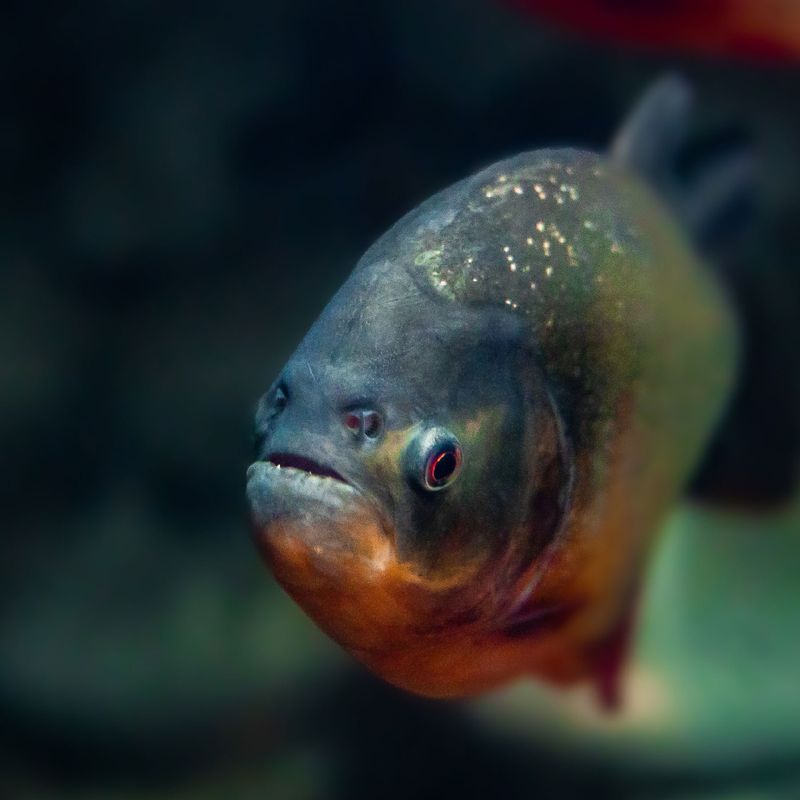
Piranhas are known for their sharp teeth and fierce reputation, but they’re far from ideal pets in the U.S.
These carnivorous fish could wreak havoc on local ecosystems if introduced.
Their aggressive feeding habits could threaten native fish and disrupt aquatic life. That’s why U.S. regulations prohibit importing piranhas to protect biodiversity.
Preventing their introduction involves strict enforcement and public awareness.
19. Nutria
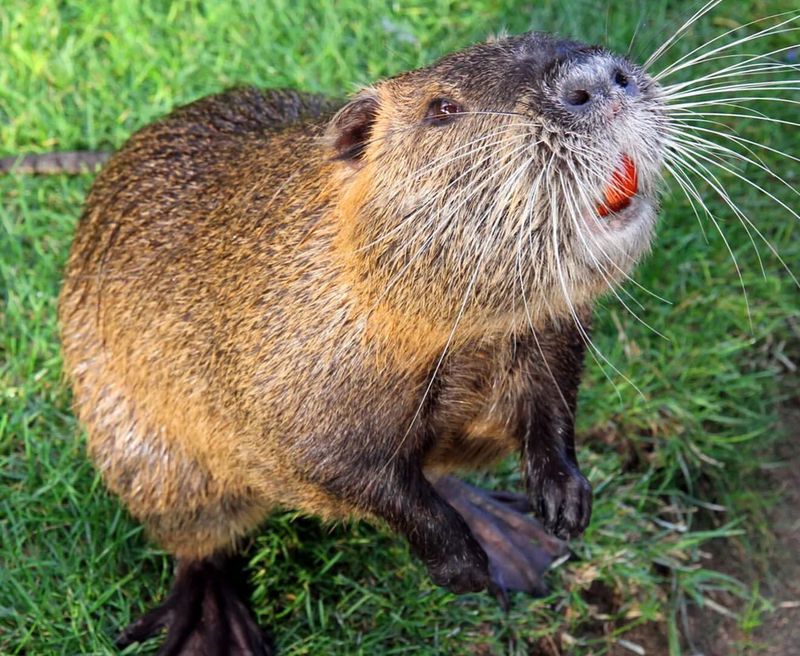
Nutrias might look harmless, but they’re actually pretty destructive. These semi-aquatic rodents munch through vegetation, messing up wetlands and water systems.
Their introduction to the U.S. has caused serious ecological imbalances, and that’s why importing them is strictly prohibited.
We need to protect our ecosystems from their destructive habits.
To keep them in check, the U.S. uses trapping and habitat management. By tackling the problem head-on, we help preserve local wildlife and natural resources.
20. Australian Redback Spider
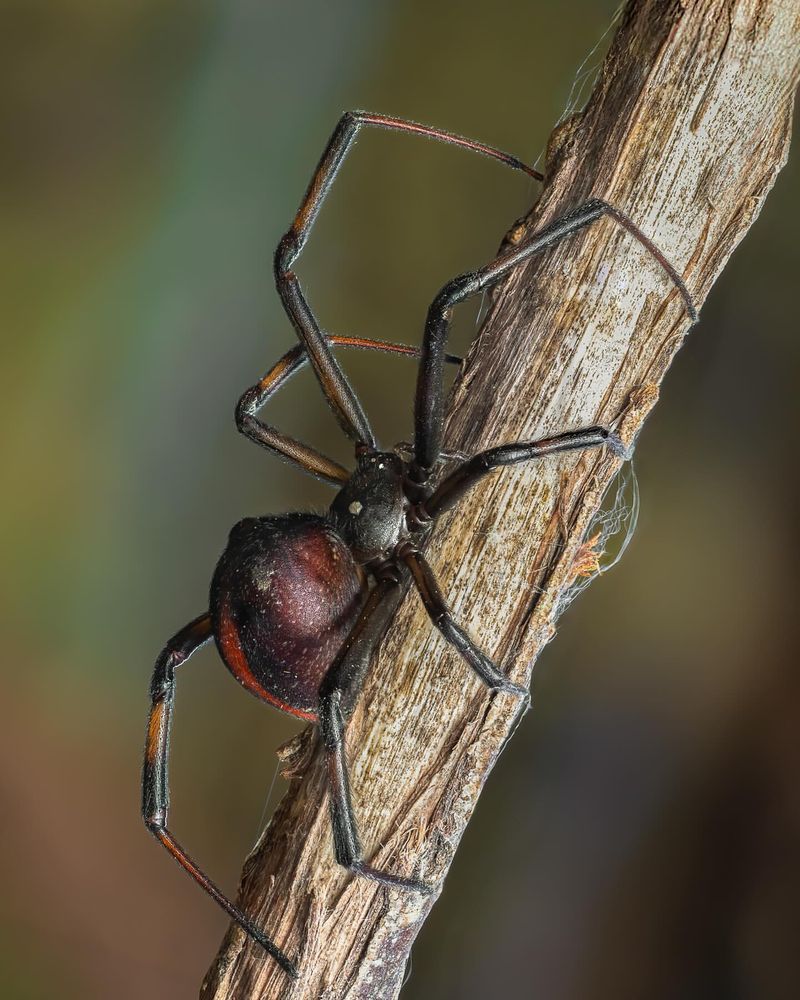
The Australian Redback Spider is as fascinating as it is dangerous. With its venomous bite, it poses serious risks to both humans and pets.
Introducing these spiders to the U.S. could disrupt local ecosystems and pose health hazards. That’s why strict regulations prevent their importation.
Efforts to control their spread include raising public awareness about the risks. By staying informed and cautious, we can keep them out of non-native areas.
21. Rhesus Macaque

The Rhesus Macaque is a clever and social primate, but it’s also a potential troublemaker in non-native environments.
Its adaptability and intelligence make it a threat to local ecosystems and public health.
Importing Rhesus Macaques into the U.S. is prohibited to stop the spread of diseases and protect native wildlife.
They could outcompete local species and throw off the ecological balance.
22. Snakehead Fish
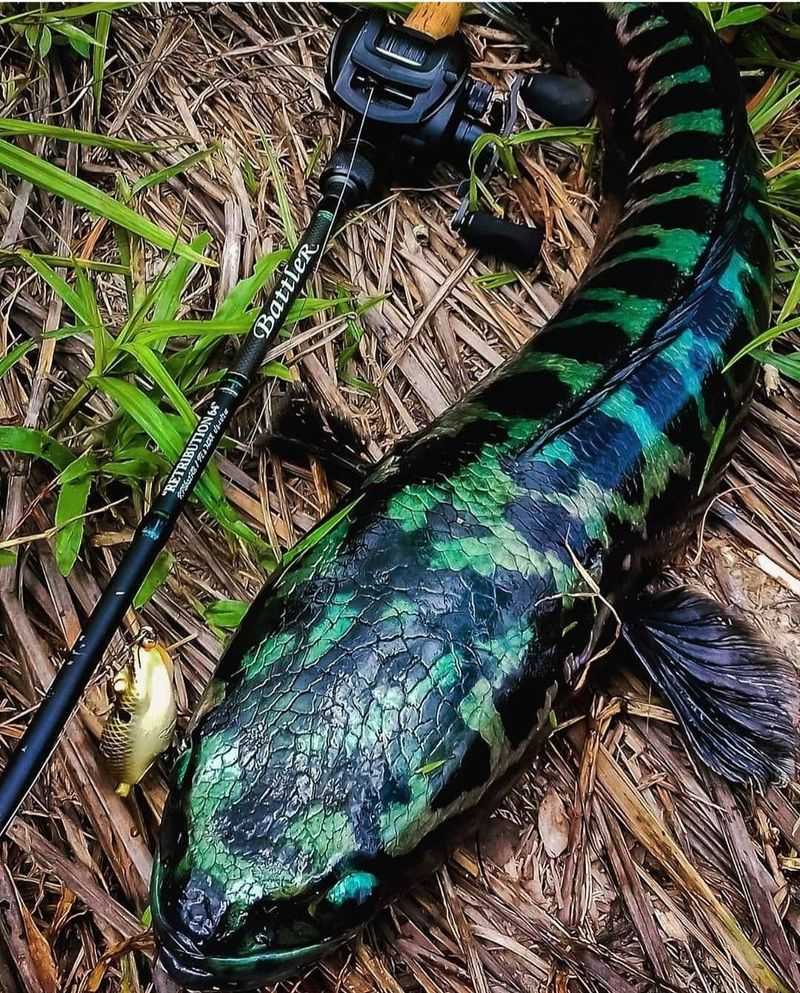
The Snakehead Fish is the bad boy of the aquatic world. This predator moves fast, spreads fast, and causes serious trouble.
It can even survive out of water, hopping between ponds and lakes like it owns the place. That’s why importing them is a big no-no in the U.S.
23. Feral Swine
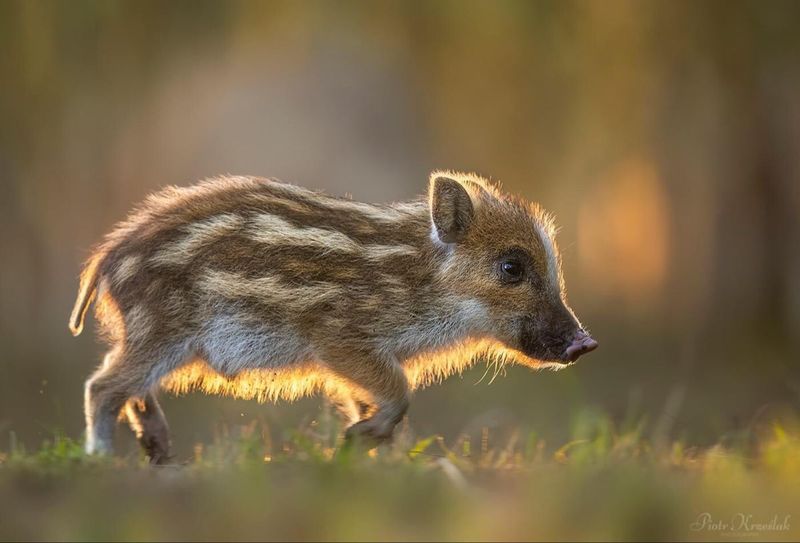
Feral Swine, also known as wild hogs, are serious troublemakers. They forage like crazy, causing massive damage to both ecosystems and crops.
These pigs outcompete native species and tear up the land, leading to soil erosion. That’s why importing them is banned in the U.S.
To control their numbers, there’s hunting and habitat management.
24. Common Myna
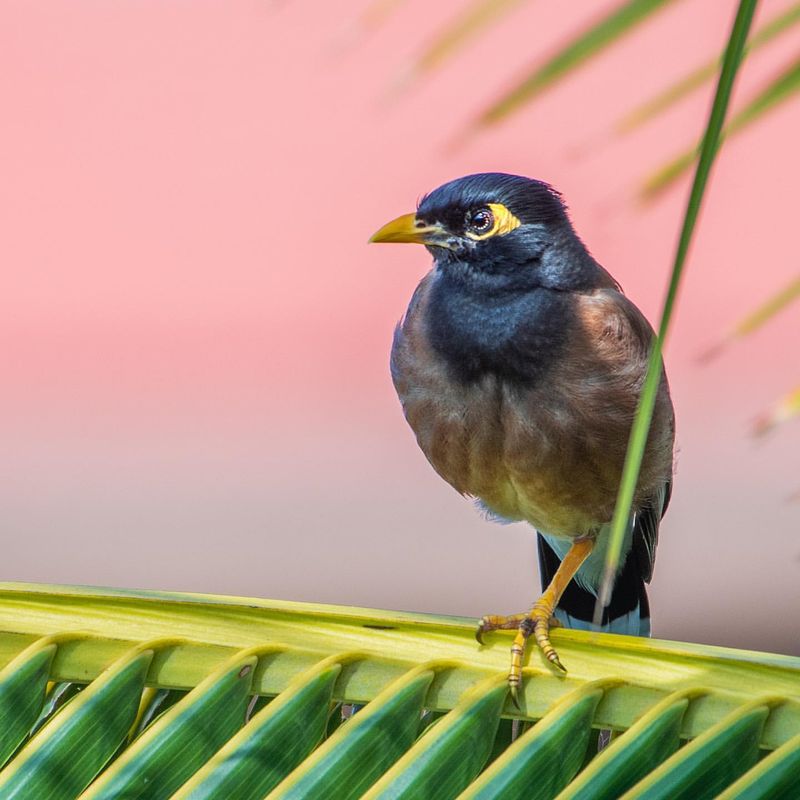
Common Mynas are clever, social birds that can thrive just about anywhere. But when they’re introduced to new places, they can really shake things up.
In the U.S., importing these birds is banned to protect native species from competition. Their presence could mess with local food webs and hurt indigenous bird populations.
Public education and habitat management help keep their numbers in check.
25. African Elephant
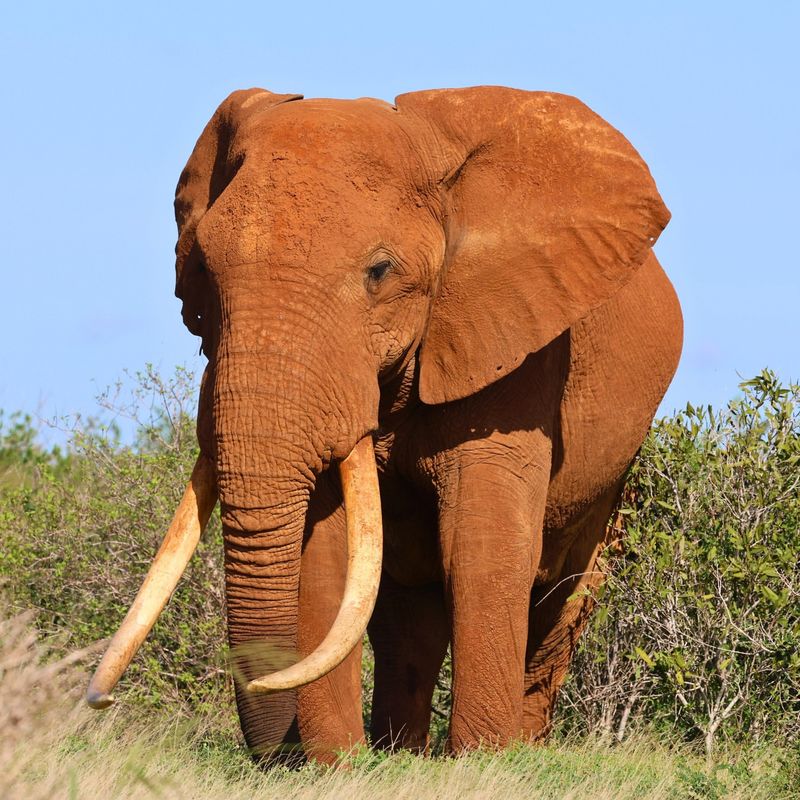
African Elephants are awe-inspiring giants, but they’ve had a tough time due to poaching and shrinking habitats. That’s why bringing them into the U.S. is tightly restricted.
Ivory trade has taken a devastating toll, and limiting imports helps fight the black market. It’s about protecting elephants—not just in law, but in spirit.
The U.S. backs global efforts to keep these gentle giants safe where they belong—wild and free. Every regulation adds a layer of protection.
So as amazing as they are, African Elephants stay on the “do not import” list—for their sake, and the planet’s.

